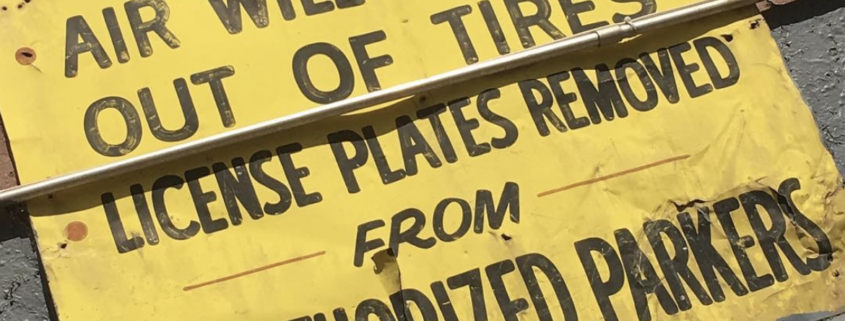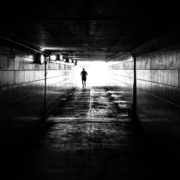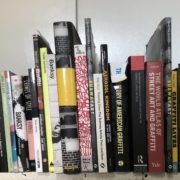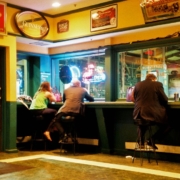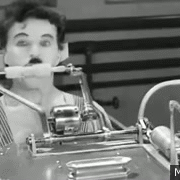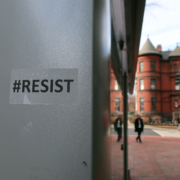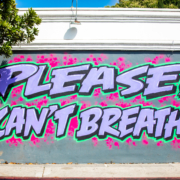Overcoming the Challenges of Street Parking Payment Systems in Major American Cities
If you drive a car in a big city, eventually you’re going to need to park it somewhere.
It turns out, some urban locations are better than others enabling motorists to find short-term places to park their vehicles. While some cities, seem to “make it up as they go along,” others have thought carefully about where and how motorists can park their cars and integrated helpful solutions into their planning process.
In some municipalities, there are numerous convenient parking garages. Some are built above ground occupying valuable retail, commercial and residential space, whereas others (especially those located in Western European countries) build parking garages underground where they are less of an eyesore.
Some parking establishments even have helpful electronic billboards outside, indicating whether they are full or the number of empty spots available. You park your car, pay a nominal fee, and then retrieve it later. Sometimes the enterprise is run by the municipal or county government and at other times they are operated by private entities.
In cities, like Washington DC, where I live, finding a place to park your vehicle, that is both convenient and reasonably priced is next to impossible. Yes there are parking garages, mostly commercially run, charging exorbitant rates, but the lion’s share of affordable parking is on the street.
Because of the dynamics of supply and demand and the confusing signage and payment processes it’s challenging not only to find an empty space, but to pay for parking and to avoid a ticket.
Over the past two decades, the District of Columbia has phased out parking meters that were solely coin based to ones that would also accept credit cards. Over time many of these machines broke, (or were smashed), became convenient surfaces for all manner of graffiti and street art, and despite instructions encouraging motorists to report broken meters to avoid receiving a ticket, few of these mechanisms were repaired or replaced.
Shortly thereafter DC shifted to a system where curbside parking payment machines were installed. Motorists wishing to park their cars now needed to put their cash or credit card in the machine, indicate how much time they wanted, and then the machine would print out a receipt that motorists placed on their dashboard. Again, many of these machines continuously broke and rarely were they fixed.
With the growth of smart phone apps (e.g., ParkMobile), the District, like other jurisdictions started implementing numbered parking zones. Download the app, interpret the parking restrictions, and if you are within the allowed hours, enter the tag of your vehicle, your credit card information, the amount of time you want, and presto you are good to go.
Over time however, parking zone designations either fell off the remaining parking meters, payment machines, or street signs, or more likely were ripped or scratched off these surfaces. Now, in some parts of the city, information about competing apps are posted on signposts, etc.
Missing zone designations, and no functioning meters or parking payment machines present means that motorists risk hefty fines and added stress.
If you are absolutely intent on paying for street parking, you might walk a block or two and luckily find a functioning parking payment machine or discover a parking zone sticker and hope that it matches to your exact spot.
It would seem as if this whole process was intentionally designed to frustrate motorists and signal to them that the city doesn’t want them to drive a car anyways. But then I’m reminded of the expression to not assume malice when incompetence better explains the outcome.
Needless to say, although solutions exist, it appears as if the city is unwilling or unable to experiment and implement them.
For example, why not roll out a city wide parking permit. For example, District of Colombia car owners already have the option to purchase ward based street parking permits that they affix to the inside of their vehicle’s windshields. Alternatively visitors to the district could be required to pay a toll fee when they enter the city. This can be collected when they enter the city on one of a handful of bridges or roads into the city. A portion of this fee could enable free parking during certain times of the day. The solutions are limitless, but largely unexplored.
photo credit
Jeffrey Ian Ross

